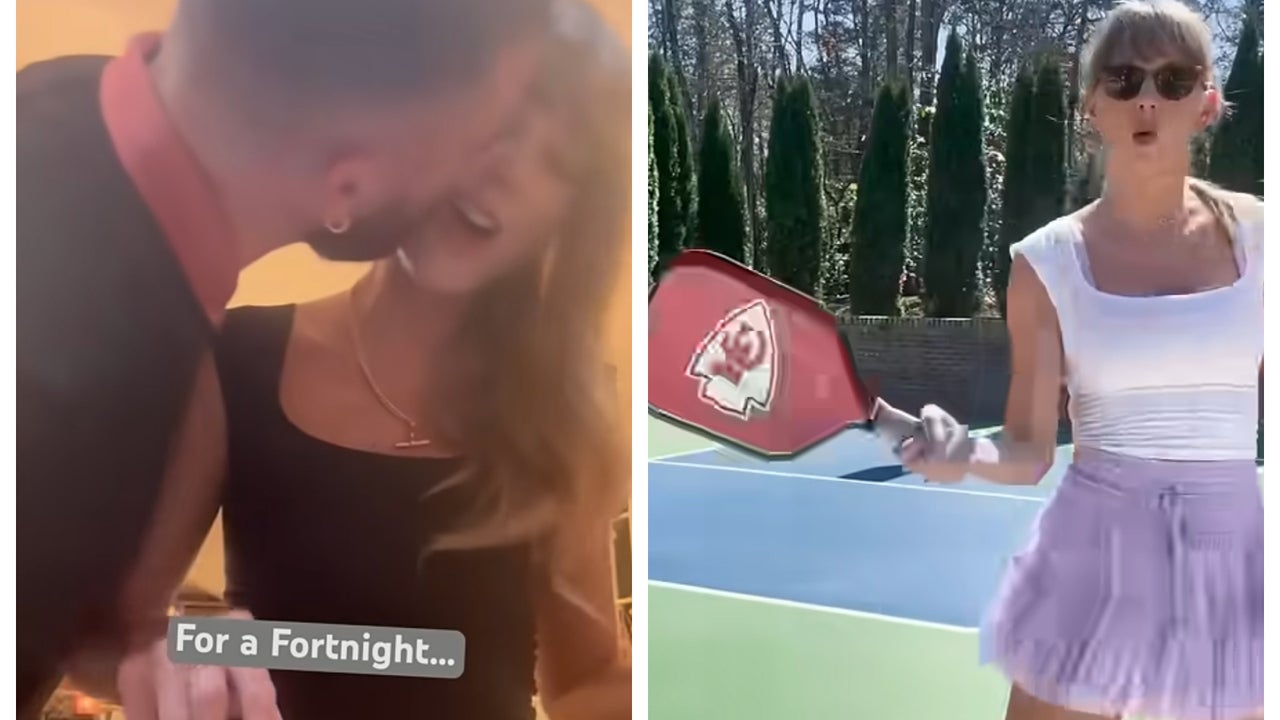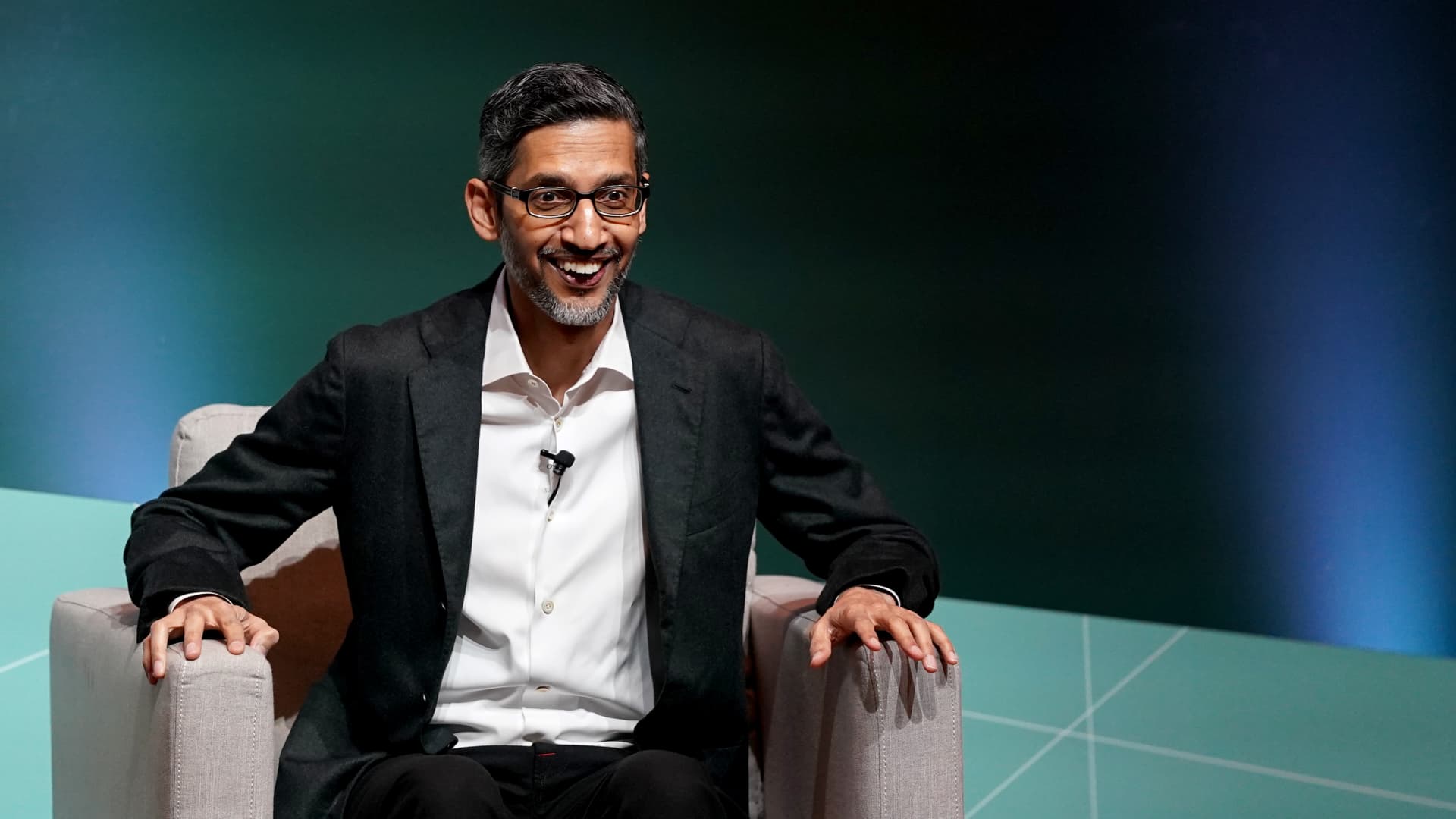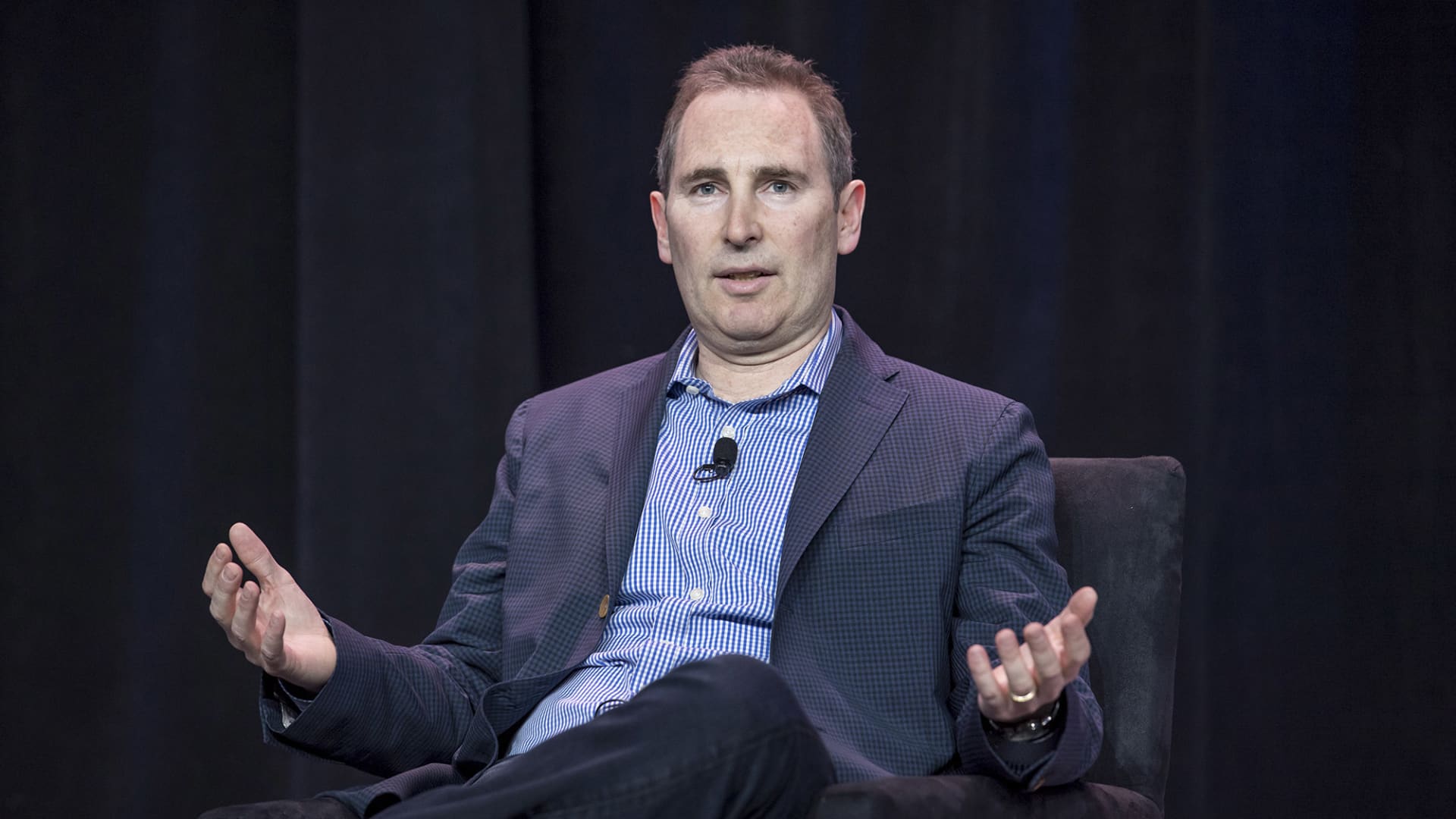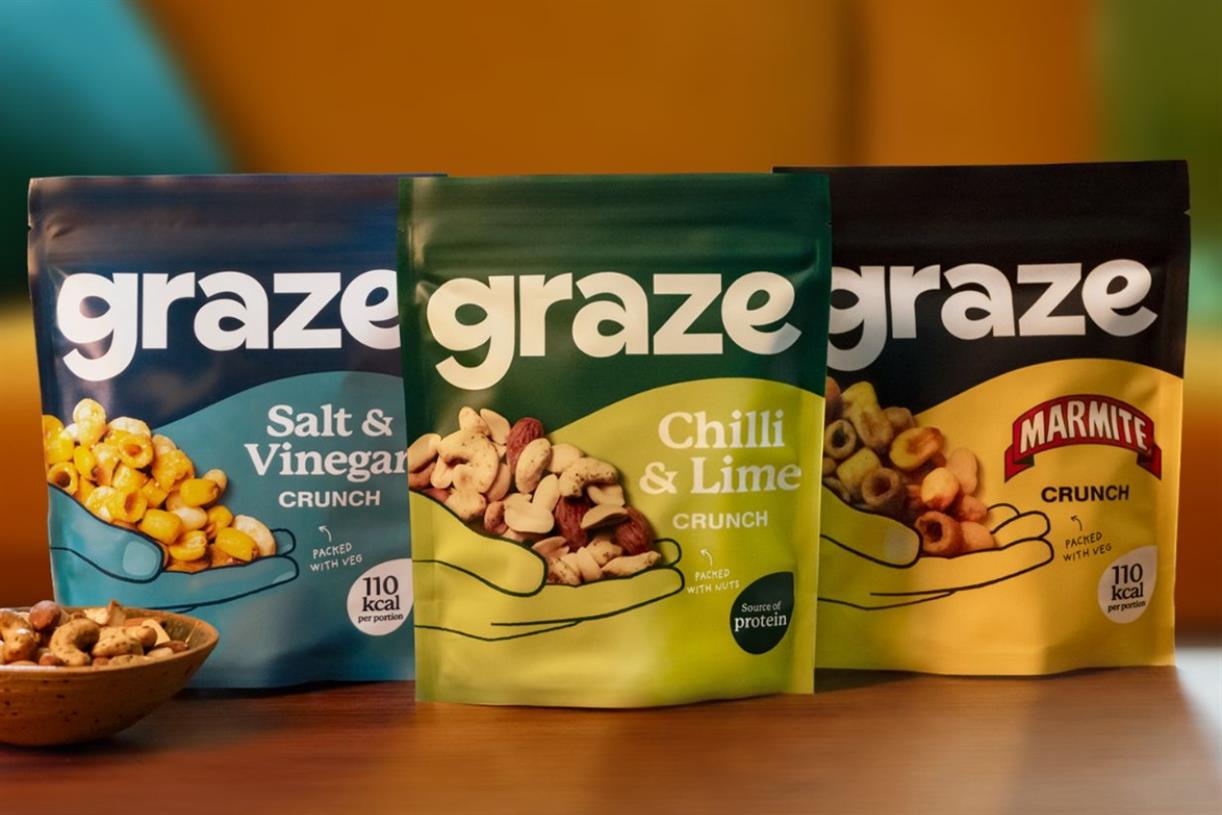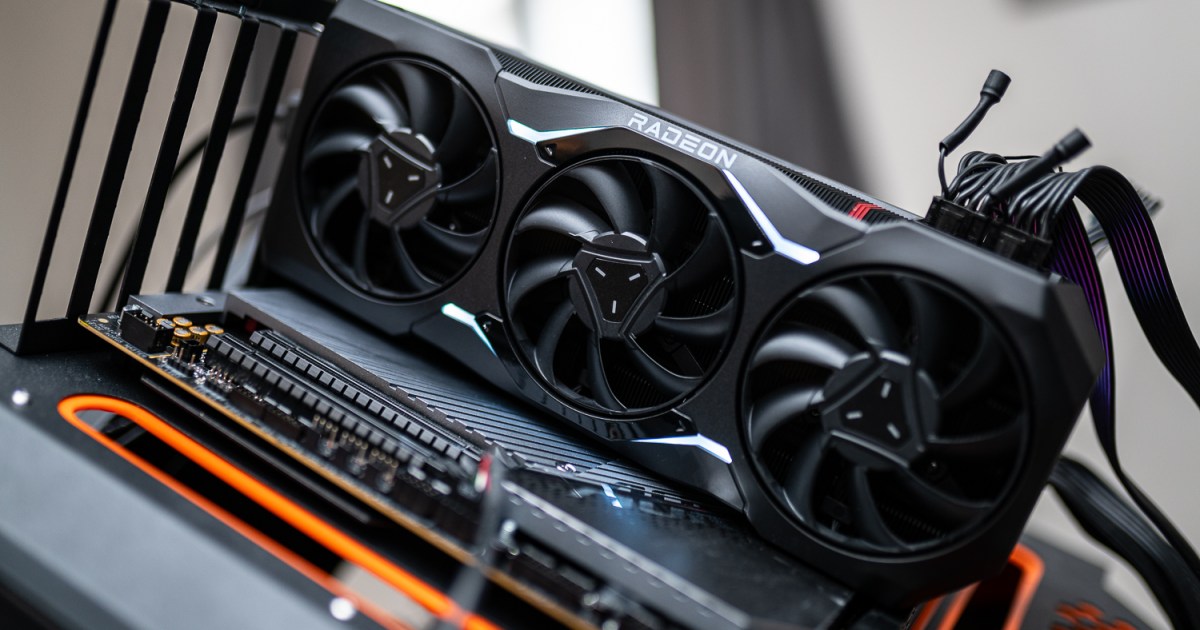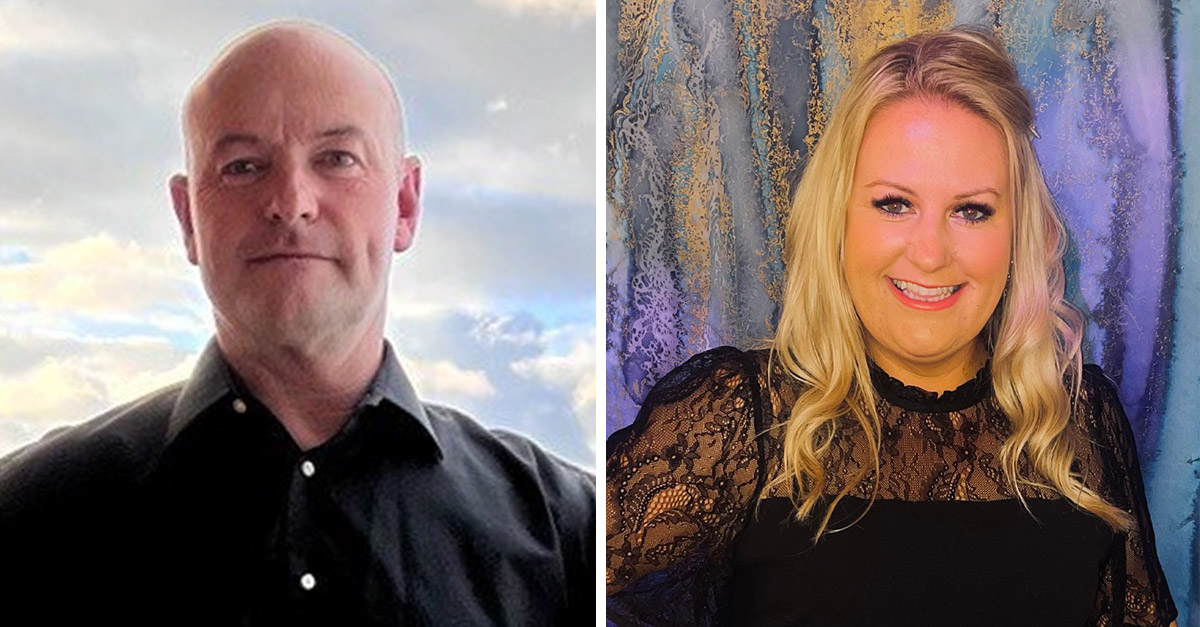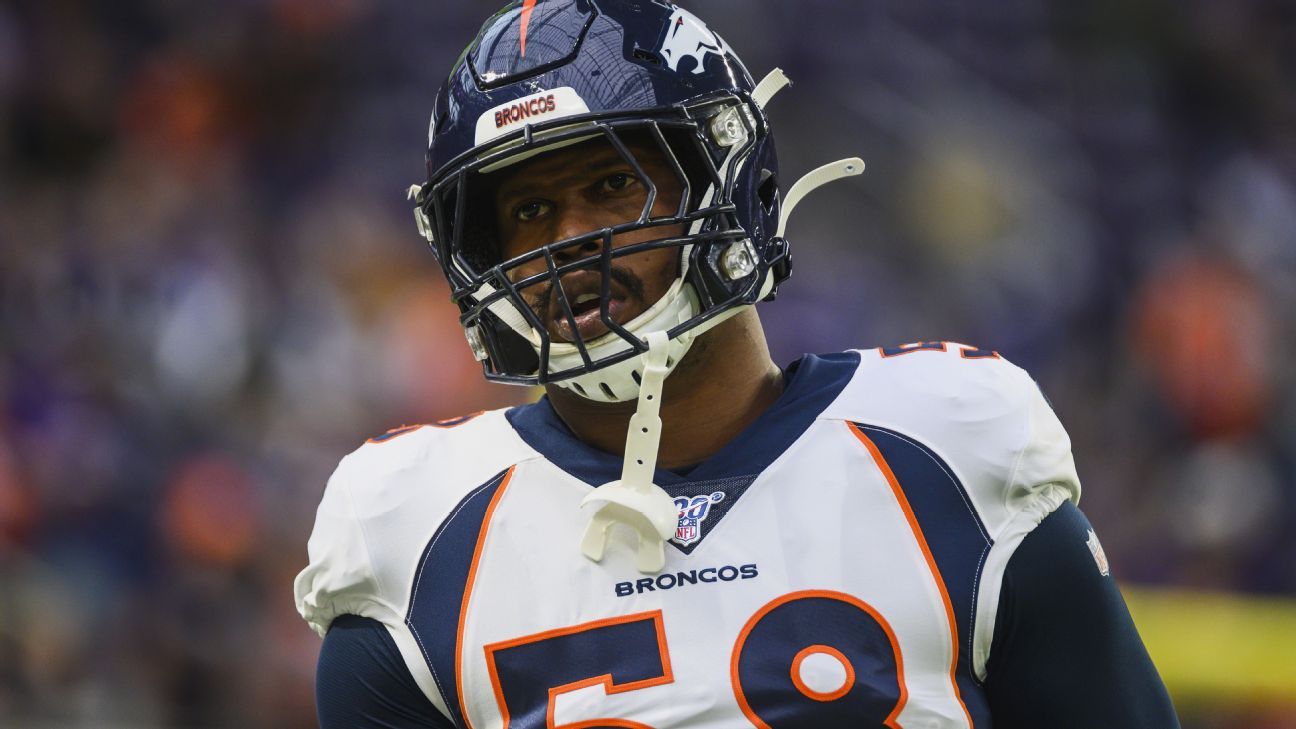How Larroudé filled a gap in the shoe market—and got on the feet of celebrities
Taylor Swift, Jill Biden, Lizzo and many more celebrities have worn the brand since it rolled out about two years ago.

Brands on the Rise is a regular Ad Age feature spotlighting the marketing and business tactics of successful challenger brands. Read other installments here.
When scrolling through Instagram photos of celebrities such as Taylor Swift and Naomi Biden sporting Larroudé heels, one might assume the brand is an established name catering to the gliterrati. The truth is, it’s a relative newcomer whose founders, armed with years of retail and finance knowledge, call the shots from a showroom tucked above a bodega in Manhattan.
Co-founded by the husband and wife team CEO Ricardo Larroudé and Chief Creative Officer Marina Larroudé after they both lost their jobs during the pandemic, the brand has sold more than 100,000 pairs of shoes in its first two years of business. What’s more, the founders say Larroudé is profitable—something many public direct-to-consumer shoe brands that have become household names over the past decade or so can’t currently say.
Ad Age recently sat down with the Larroudé founders in their Manhattan showroom to find out how the half-DTC, half-wholesale brand found itself on the feet of the world’s most notable celebrities—and what path it’s taking next.
How it started
“The idea came about when we had both lost our jobs in the beginning of the pandemic,” Marina Larroudé said, noting the couple began researching the shoe market from home post-layoffs. She leveraged two decades of experience as fashion director at Barneys and multiple Condé Nast publications, while Ricardo’s called on his career in the finance and banking sector.
What they found through that research was, as Ricardo put it, a major gap in the footwear market. “Ninety percent of shoes are sold below $115,” he said. But 50% of the shoe industry’s profits happen within that top 10%, which is dominated by the Louis Vuittons and Chanels of the world, according to Ricardo. Those shoes are often sold for closer to $800 a pair.
“There's a big hole between $100 to $800,” he said. From there, Ricardo said he looked into the latest major innovator within that gap—Stuart Weitzman. That brand’s major innovation, outside of its price point, was moving its production from Italy to Spain, where it was cheaper to produce shoes, according to Ricardo.
Enter the Larroudé business plan: Selling shoes closer to $200 or $300 made in the founders’ home country of Brazil, where Larroudé opened its first factory in April 2023.
From a fashion perspective, it felt viable, too, according to Marina. “I spent so many years in the fashion industry with so many women wanting to buy that most extravagant shoe but then not being able to, or saying ‘Oh, I'm not going to pay $1,000 for the pink shoe, I'll get the black version of it,” so they could wear it more often, she said.
Larroudé’s shoes, by contrast, are often colorful statement pieces—though they come in neutral tones too. That way, someone could theoretically save up to buy two or three pairs of fun shoes for the price of one tame luxury shoe.
“It’s expensive, but it’s not hugely expensive,” Marina said. “I didn't think that there was anything like that in the market—high quality that is serving a woman’s wardrobe.”
“For us, it was very important to charge a price that a working young woman can afford. That was the entire goal—to offer a high-quality shoe to that woman,” she continued.
Another goal, the couple said, was comfort. “If you can dance on your shoes until three o'clock in the morning, that’s real luxury,” Ricardo said. The shoes are made with memory foam, and have a sole that’s 1.5 millimeters wider than any other shoe on the market, according to Marina.
By August 2020, the brand had its first samples. And by December of the same year, it had rolled out DTC, with two online shops—Shopbop and Revolve—picking up the brand as well.
Much of the funding for the brand came out of the couple's retirement savings. But Ricardo noted that the brand also had a small friends and family round that was “less than $1 million.”
Tipping point
Swift wearing the shoes for some of her Eras Tour visuals in April was obviously a huge moment for the brand—but she wasn’t the first celebrity to don a pair of Larroudé heels. Biden, for instance, wore a custom pair during her White House wedding, and Jill Biden also wore Larroudé to meet the Queen of England. They have also been worn by Lizzo, Alicia Keys, Jennifer Coolidge, Salma Hayek and many other celebs.
Larroudé hasn’t paid celebrities to wear its products (although it has gifted them before)—but Marina is admittedly close with many high-profile stylists after a multi-decade career in fashion.
“I do know a lot of stylists from working with them from my Teen Vogue years or at Barneys, so those are my network and my friends,” Marina said. “But at the end of the day, they like the product,” she added, noting that she can always send shoes to a celebrity stylist, but they won’t put them on a celebrity as a favor.
For instance, Marina said she knows a buyer at Nordstrom—but that doesn’t mean people are actually going to buy the shoes once they’re on the shelf there. (The brand is now available at 33 retailers across North America, Europe and Asia, including Nordstrom, Saks and Bloomingdale’s.)
It’s also possible that stylists appreciate Larroudé’s reputation for reliable customization. Now, with its own factory, the brand can get custom styles turned around for celebrity stylists within roughly two weeks, which the co-founders say is relatively fast. The funding to build its own factory came from the revenue the brand made in the first year, per Ricardo. The brand still uses other factories in Brazil outside of its own, too.
Marketing strategies
Perhaps Larroudé’s most unique marketing strategy is its collaborations. In a short time, the company has rolled out co-branded collections with brands such as Oscar de la Renta, Loveshackfancy and Jennifer Fisher. What’s more, it claims to have seen 100% sell-through rates on many of these collaborations, and has experienced significant social media growth after the collabs.
“It’s an incredible way to tap into new clients that wouldn’t necessarily [have] heard of us before,” Marina said. A majority of the collabs sell out almost “immediately,” she added. With the Jennifer Fisher collection, she said, they sold 80% of the collab in one day.
“You get brand awareness that is incredible without any spend,” she said.
While the co-founders declined to provide their exact marketing spend, Ricardo said roughly 80% of it is digital. That digital spend is mostly made up of paid search and social on Google and Meta, respectively, he added.
Notably, the brand doesn’t let its retail partners bid on the brand name on Google search. “You’re not going to be fighting for my customers on Google,” Ricardo said. The remaining 20% is spent on efforts such as PR, events, and wheatpasting out-of-home ads in cities such as New York and Paris. Larroudé also has an affiliate program but, outside of that, it hasn't done any paid influencer campaigns.
Larroudé's unboxing experience is a brand marketing exercise in itself. Each box of shoes includes branded stickers, keychains and more. Some of the keychains are even being sold on the fashion resale app Poshmark for around $15 each.
“I wanted to have the closest that we can get to an Apple experience when you open the product,” Ricardo said, specifying that they wanted people to feel as though they got more than what they paid for in every box.
“We can’t buy middle ads at Vogue, I can’t buy an outdoor in [the] Holland Tunnel—we don't do that yet. But we can create stories that are compelling,” Ricardo said.
What the experts say
Sky Canaves, senior analyst, retail and ecommerce at Insider Intelligence, pointed out that Larroudé is a very early-stage company. “It’s still a niche, trendy brand and has yet to reach mainstream scale,” she said.
It’s tough to pin down what the DTC footwear sector is worth alone, but Canaves said designer footwear (shoes priced over $300, where much of Larroudé’s inventory falls) is worth $31 billion globally this year, with the U.S. share accounting for 40% (or around $12.4 billion).
“This designer shoe segment has seen a lot of growth over the past year or so as demand for dressy wear and office wear has been rising,” Canaves said.
Larroudé’s relative success, Canaves said, can be attributed to a few key parts of its origin story. “It has a very experienced and well-connected founder who knows the ins and outs of the industry, consumer tastes, and what it takes to be successful, and it’s generated a critical mass of social media buzz,” she said.
“Counterintuitively, I think the timing of Larroudé’s launch during the pandemic was a plus, it allowed the brand to really come up and be ready to break out just as consumer demand for dressier footwear and wardrobe updates was rising. And the brand takes stylish comfort as a key value. Consumers got used to wearing comfortable footwear like sneakers, Crocs and Birkenstocks during the pandemic, and it’s been hard for many women to go back to their pre-pandemic heels,” she said.
Secondly, the brand is self-funded, meaning “it hasn’t faced external pressure to grow quickly and rely on digital marketing to get there,” Canaves added. “It’s also recently opened its first factory in Brazil, and moving towards becoming more vertically integrated will improve its control over costs and product quality.”
Canaves also pointed to a few other cult footwear labels that focus on “dressier shoes at a similar price point,” such as Staud, By Far and Stine Goya, but added that she doesn’t have insights into their valuations or sales.
“The ‘old’ DTC model of spending heavily to acquire customers and scale a business rapidly has proven to be pretty unsustainable, as we’ve seen with Allbirds and many of the other DTC brands that are now struggling to maintain growth and turn a profit,” she continued. By contrast, Larroudé has utilized both retailers and DTC channels from its inception.
What’s next
The brand’s pre-fall “Wonderland” collection dropped this week. Next up, priorities include international expansion and tapping into wider varieties of footwear, such as unisex sneakers.
Additionally, the co-founders said they want to start working on their first Larroudé brick-and-mortar store in New York before the end of this year. Its existing Manhattan outpost is used primarily as a showroom, including for press events.
“We were just in Japan. And we were so inspired by retail there,” Marina said, saying she wants it to be more lively and exciting than some U.S. retail stores.

 Tekef
Tekef 













